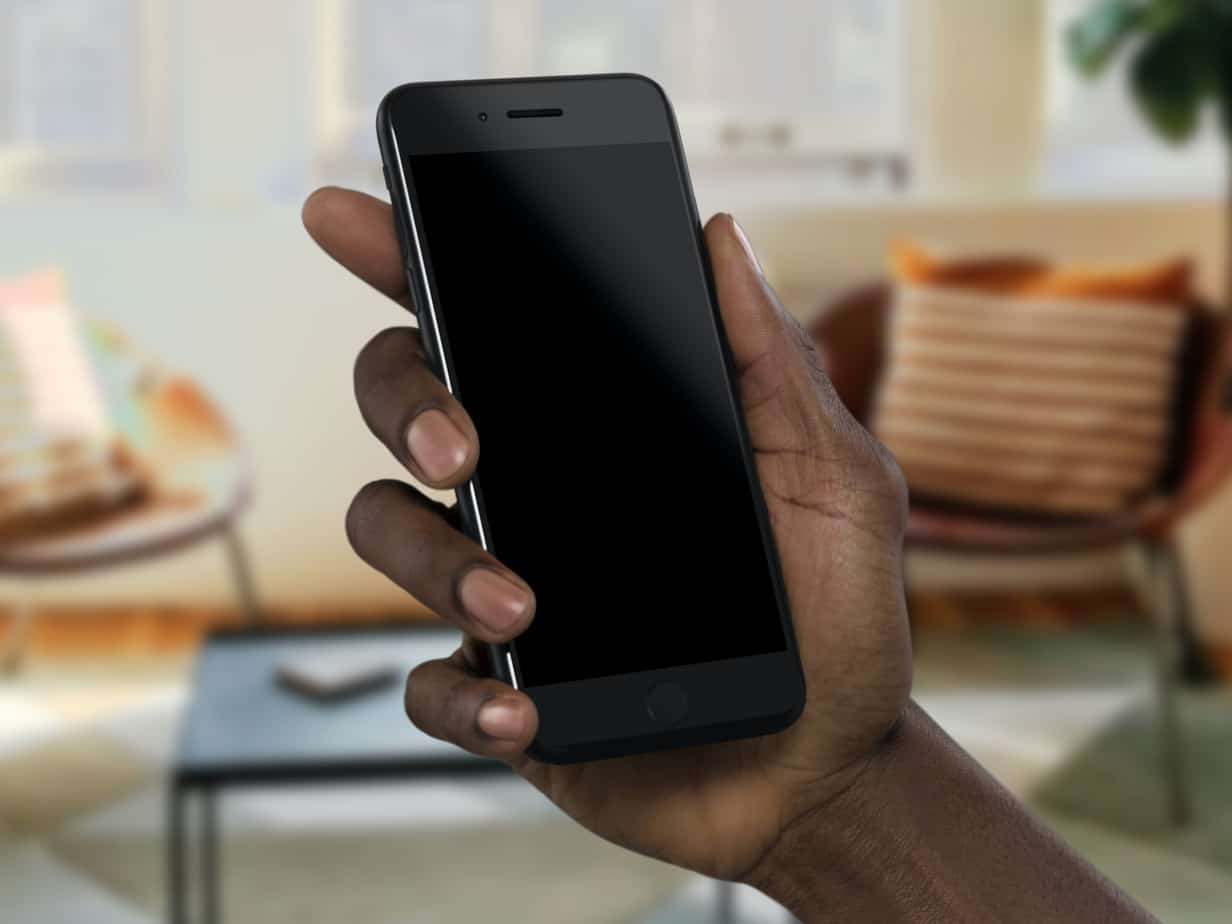
The pandemic has reshaped how we are interacting with many forms of media. First of all, we’re consuming more of it. Social distancing has us using our mobile devices more than ever before. But how has it been influencing the way consumers as a whole are interacting with mobile apps? That’s what AirShip’s The State of Global Mobile Engagement 2020 study sought to figure out.
The Pandemic's Effect on Mobile Apps
In February 2020, just before the pandemic hit America, the opt-in rate for mobile apps in North America was 8.4%. This was a 16% decrease from the opt-in rate of the year before. The average user was opening their apps nearly 17 times per month (down 27.8% from February 2019). Also, the average push notification direct open rate for mobile apps was 6.8%.
However, by June, Americans had plenty more free time on their hands with which to interact with their mobile apps. The opt-in rate for mobile apps grew to 9.9% (a 17.9% increase from June 2019). The average user was opening their apps nearly 22 times per month, which was an increase over 28.3% compared to June of last year. And the average direct notification open rates grew to 8.6% (a 25.9% increase over the previous year).
A variety of different mobile apps gained popularity during the pandemic. The most popular apps by far were retail apps with a 23.1% opt-in rate (a 31% increase over last year). Other popular mobile apps include those in the utilities, travel and transportation, media and entertainment industries. The app types that saw the most dramatic opt-in increases year-over-year were medical, health and fitness (with 150% growth); finance and insurance (128%) and travel and transportation (116%).
Usage of mobile apps varies dramatically from what North American consumers are downloading, though. This suggests that consumers are interacting more with apps that they already had installed on their mobile devices. The mobile app types with the highest average opens between March and June of this year include:
- Media: 44.1 average opens
- Gambling and Gaming: 36.4 average opens
- Medical, Health and Fitness: 29.4 average opens
- Tech, Internet and Productivity: 24.3 average opens
- Sports and Recreation: 23 average opens
Usage by Phone Brand
Overall, Android users have seemed to be slightly more engaged with their mobile apps than their iPhone using counterparts. “While Android just recently overtook iOS in terms of its overall average location opt-in rate, it has a long-held lead in notification opt-ins,” reports AirShip. “Both before and after the pandemic began, Android users receive more notifications per month than iOS users, but users of either device directly open notifications at about the same average rate.”
According to AudienceSCAN on AdMall by SalesFuel, 47.5% of Smartphone Users (All) took action after either receiving an app via text message or seeing an ad on their mobile smartphone apps last year. This is slightly more common among iPhone Users with 49.6% taking action within the same amount of time. Android Smartphone Users are slightly less engaged with 46.3% having taken action because of these types of mobile ads last year.
